
Nicole Axworthy
and Lisa Pitman
DIY vegan
More Than 100 Easy Recipes
to Create an Awesome
Plant-Based Pantry
 St. Martins Griffin
St. Martins Griffin
New York

Thank you for buying this
St. Martins Press ebook.
To receive special offers, bonus content,
and info on new releases and other great reads,
sign up for our newsletters.

Or visit us online at
us.macmillan.com/newslettersignup
For email updates on the author, click here.
The author and publisher have provided this e-book to you for your personal use only. You may not make this e-book publicly available in any way. Copyright infringement is against the law. If you believe the copy of this e-book you are reading infringes on the authors copyright, please notify the publisher at: http://us.macmillanusa.com/piracy.

THERE IS GELATIN in Frosted Mini-Wheats?!
Yes, there is, and milk protein in nondairy coffee creamer.
Seem ridiculous? We think so.
Welcome to DIY Vegan. We wrote this book to save you from wasting untold time reading labels and dreaming of the day when a new vegan mayo finds its way to the shelves of your small-town grocery store. Because weve been there, too. Between the two of us, weve racked up more than forty years of eating a vegan diet. We love almost everything about being vegan, with one exception: scouring the ingredient list of every package for hidden dairy and other non-vegan ingredients.
But reading labels is just something we had to do. Lisa, an energetic idealist, was all of six years old when she went veganat first for health reasons because her body couldnt digest animal proteinand decades later, her commitment to compassion remains steadfast. Nicole, a driven, empathetic activist, went vegetarian in her early teens after learning about the fate of animals in the food industry and then adopted veganism soon after. At the time we started on this path, it was rare to see the word vegan on the cover of a cookbook, let alone on a label in a supermarket.
We were both young and enthusiastic. We committed to veganism before we even knew how to cook. So, at first we relied on pasta with tomato sauce, peanut butter sandwiches, and plenty of fruit and vegetables. Whenever we wanted to try something new, it meant checking the ingredient lists with our fingers crossed. Sometimes we lucked out; sometimes words like caseinate, lactose, or whey showed up and ruined all the fun. We both knew that for veganism to be a healthful, joyful lifestyle for the rest of our days, we needed to find a way to do it without feeling deprived. We needed to enjoy the foods we loveby finding options created with compassion that would also do our bodies some good. Seems simple, right?
The best thing about becoming vegan before it was cool was being a pioneer in creating a whole new plant-based cuisine. As the saying goes, necessity is the mother of invention. Well, when youre the only vegan youve ever known, the opportunities for invention abound. So we learned to play in the kitchen. When our friends were eating meat and potatoes, we were trying out dhals, mesir wats, black bean enchiladas, falafel sandwiches, bibimbap, and all the kinds of kale.
We quickly discovered that vegan food meant an abundance of diverse, delicious flavors and limitless possibilities, but the convenience food industry clearly didnt see it that way. Who knew the intriguing Pop-Tarts flavor that looked so good on TV contained fat from the abdomen of pigs (lard), cows connective tissue (gelatin), ground-up insects (carmine), high-fructose corn syrup, the illusive TBHQ, and natural flavor?
Sound appetizing? Not to us, and probably not to you, either.
Once our comfort with vegan cooking grew, so did our culinary goals. Ironically, this was also around the time veganism started growing in popularity, and we began to see more and more processed vegan products hitting the shelves. As excited as we were for their arrival and availability, reviewing their ingredient lists demonstrated that vegan doesnt always mean healthy. Not to say that we havent reveled in the enjoyment of a vegan peanut butter cup or a pint of coconut ice cream, but those foods are treats for us, not staples.
We decided we didnt want to be tied to the products that might be available in our grocery store (depending on the store managers whims fingers crossed that he has a vegan cousin) or delivered through airmail. We wanted to be able to eat fantastic, healthful food wherever and whenever we wanted.
Are we just a little demanding? Maybe. Determined? Absolutely.
Our challenge: to create nourishing recipes that fit into our busy schedules and could be reproduced in almost any kitchen around the world.
And so began our experiments to create yummy snacks, treats, meals, and sides, many of which weve shared on our blogs, VeganCulinaryCrusade.com and ADashofCompassion.com, and through our e-cookbooks, Tiny Treats and Edible Gifts. We learned to make our own nondairy milk, created flour out of almond pulp and oat groats, piped tiny chocolate chips from homemade cacao, and cheered on our food processor while it ground peanuts into a smooth, silky butter.
After years of testing and perfecting, were ready to share our secrets with you. This book is full of our discoveriesthe ways we reimagined recipes with real ingredients that amp up the flavor and nutrition. In the following chapters, we have 135 new recipes for everyday staples that you can make in your own kitchens from ingredients available down the street (whether that be in Paris, Toronto, or Melbourne), everything from DIY milks, flours, and butters to fun and easy-to-adapt sauces, spreads, and snack foods.
Ultimately, we want to redefine todays vegan kitchen, lining shelves with glass mason jars and reusable containers instead of cardboard cereal boxes and plastic cartons, and we want you to feel comfortable and confident that you can fill your pantry with food you can trust.
WHY DIY?
Because we can. And you can, too!
The first question people ask when they find out youre vegan is: What do you eat? Its hard for most to imagine a diet without eggs, dairy, and meat when every label you read on grocery store shelves seems to contain ingredients like whey, milk powder, or butterfat (and thats just in the cracker aisle). Vegans often become experts in analyzing labels: for every new product you come across, the first thing youll do is scan the ingredient list to confirm whether it contains animal-derived ingredientsnever mind the other impossible-to-pronounce preservatives, stabilizers, artificial colors, and chemical sweeteners.
But weve got a solution: do it yourself. You can make it better, healthier, and often cheaper than anything you can buy. And no labels to read.
We also DIY because:
We save money. It might seem that convenience foods are cheaper, and if youre not concerned about quality, that can sometimes be the case. But most of the time, we pay more for ready-to-eat items. On almond milk and almond butter alone, weve saved enough over the years to pay for special evenings out at our favorite restaurants, where were happy for someone else to do the cooking and the dishes. We buy many of our staple ingredients in bulk, getting just what we need without all the packaging and brand names. We rely on versatile ingredients that can be used in a multitude of recipes, ensuring that we make the most of them while theyre still fresh.
Next page
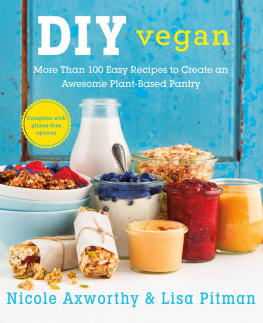
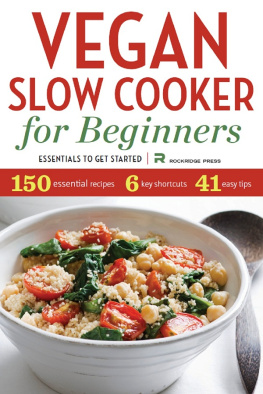
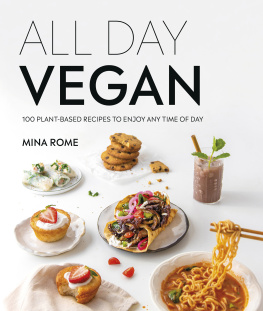
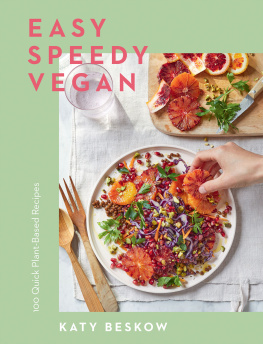
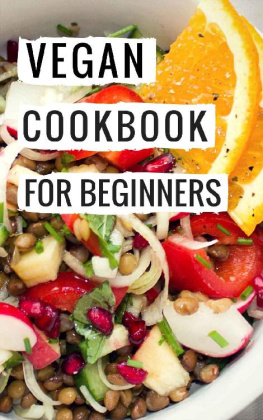

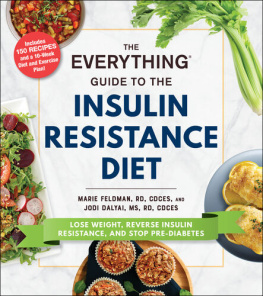
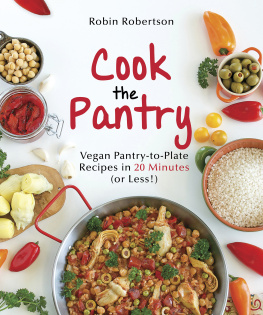
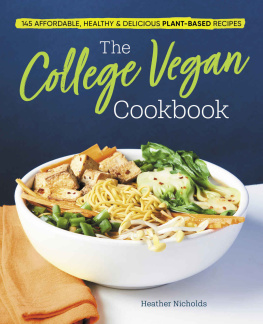

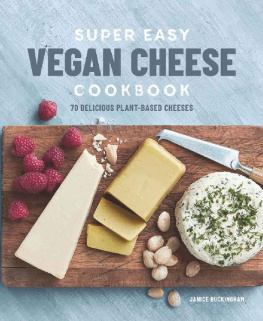

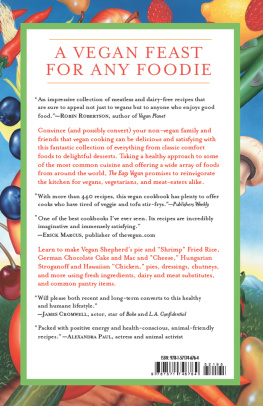

 St. Martins Griffin
St. Martins Griffin

